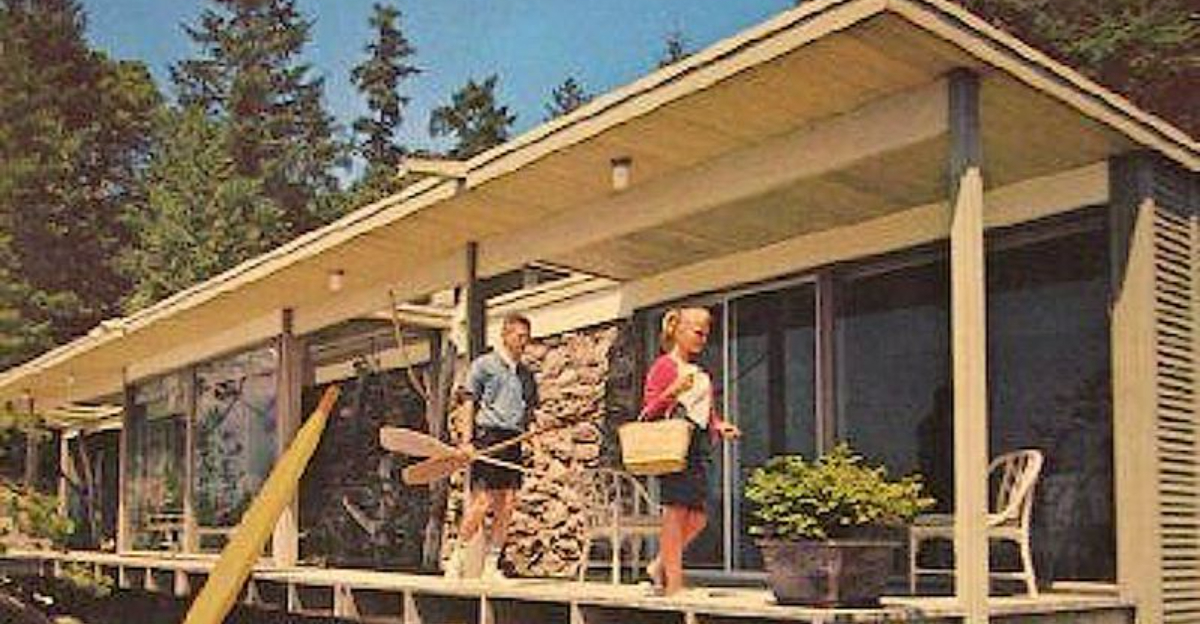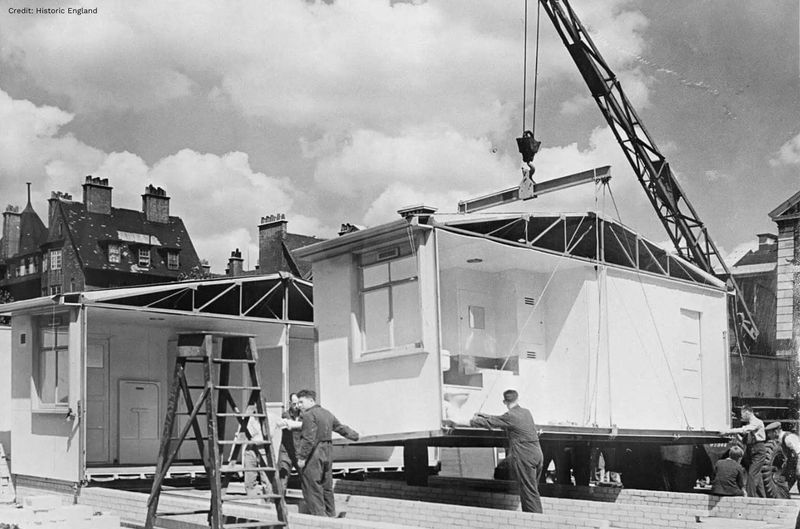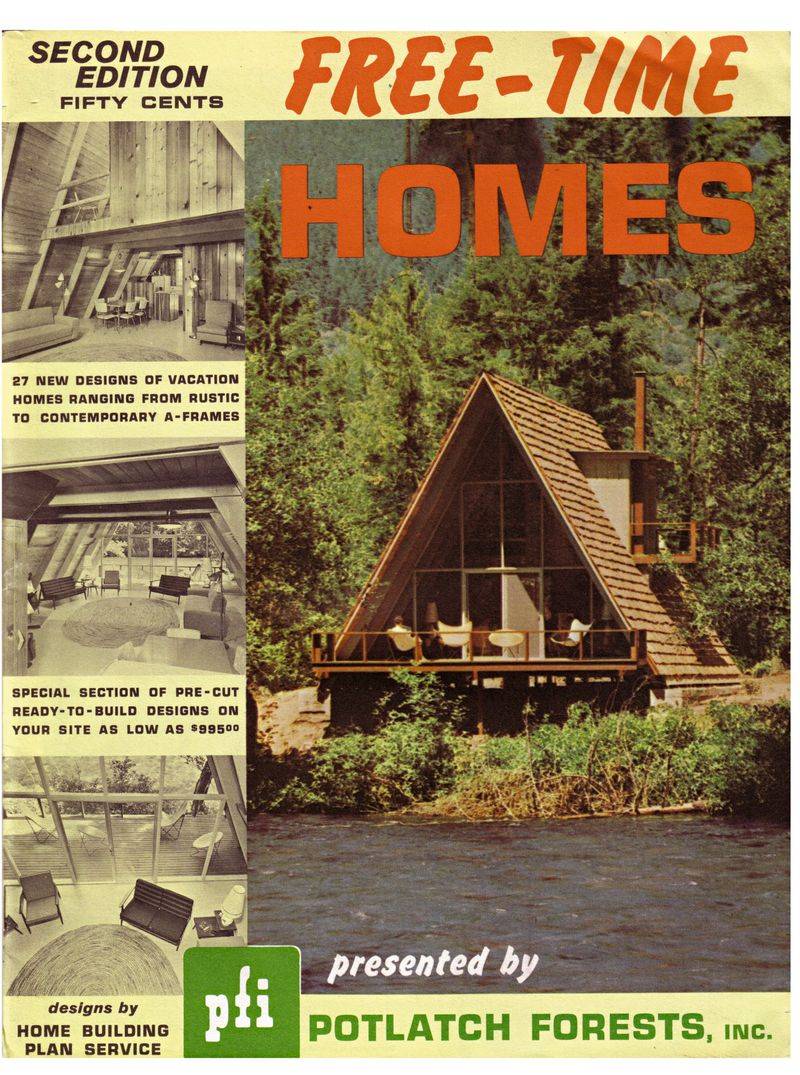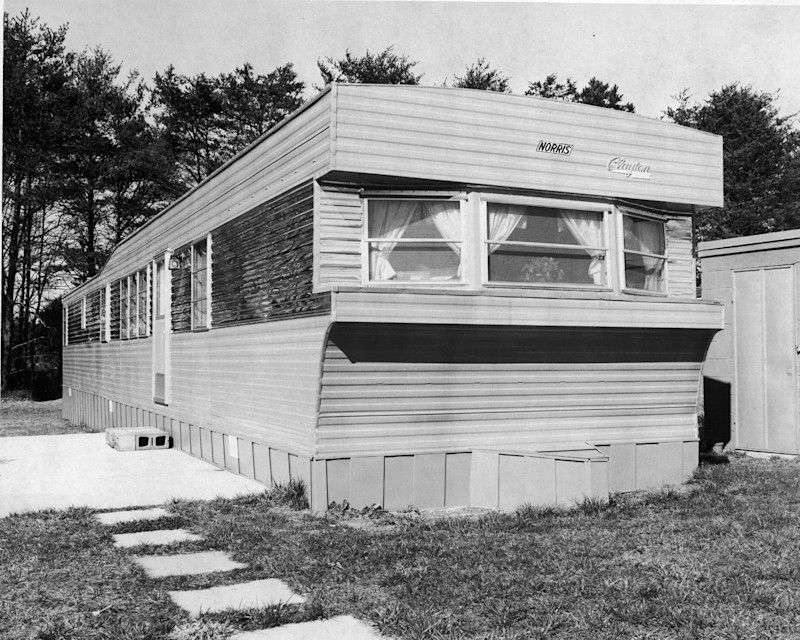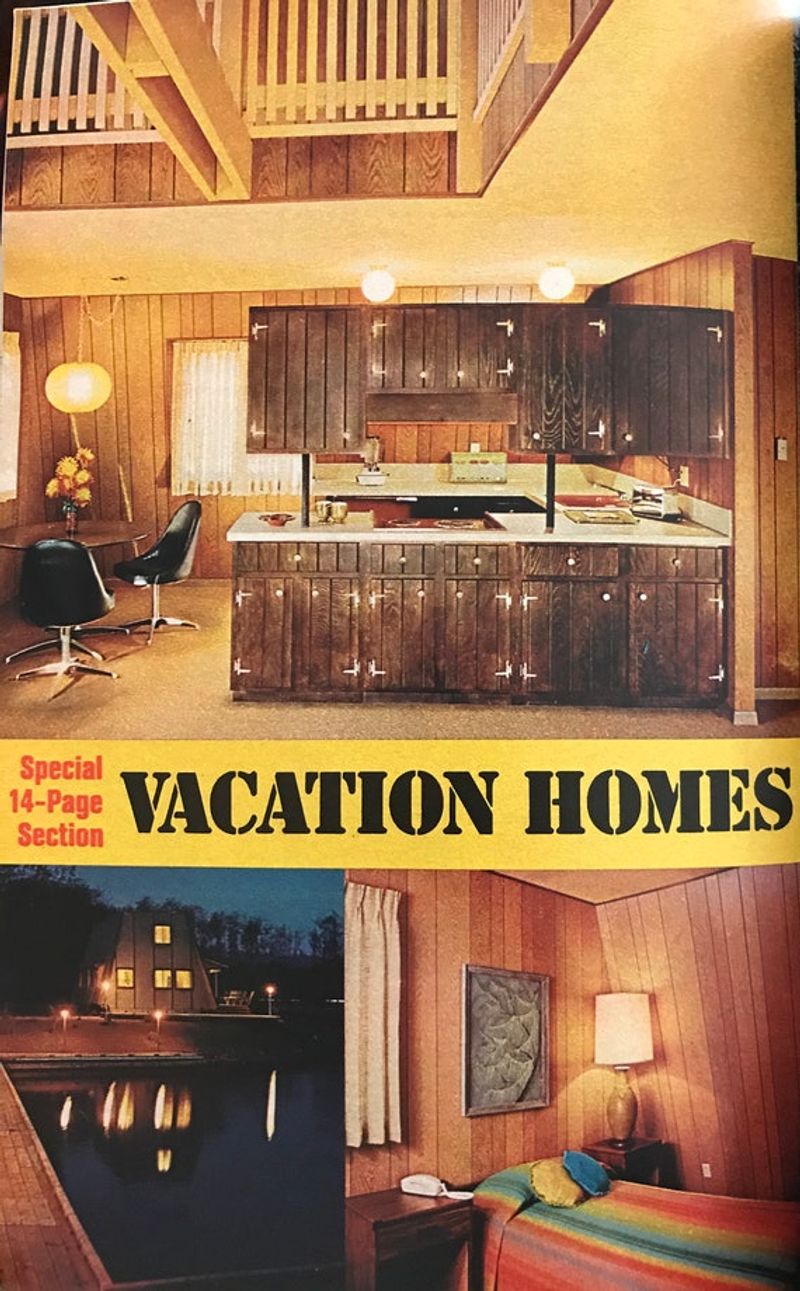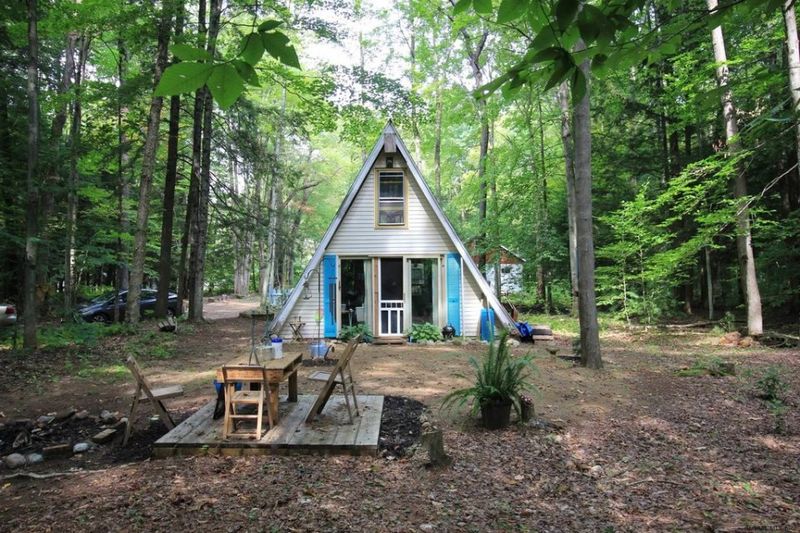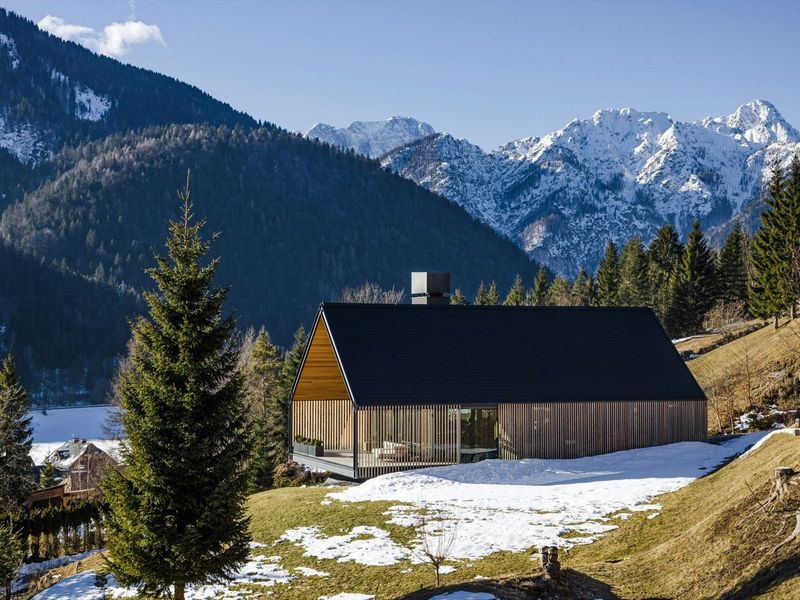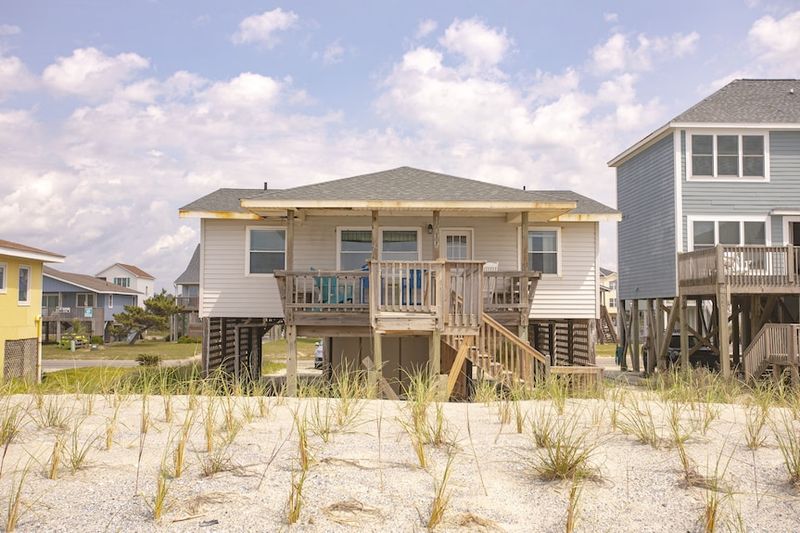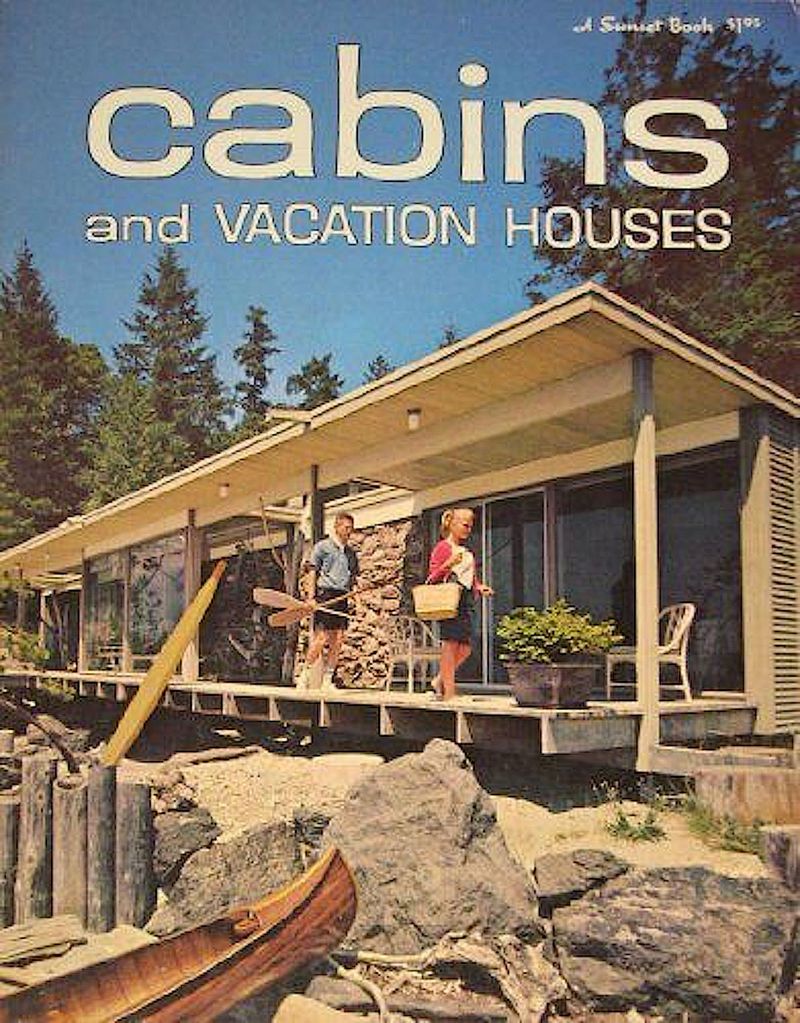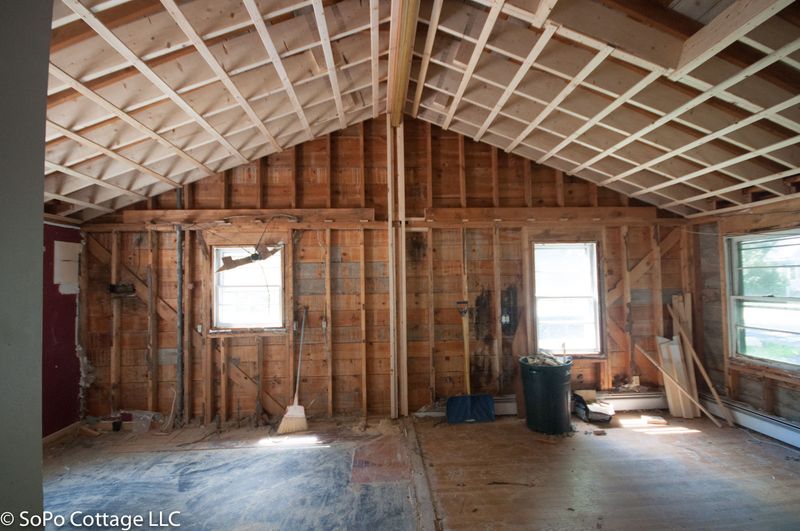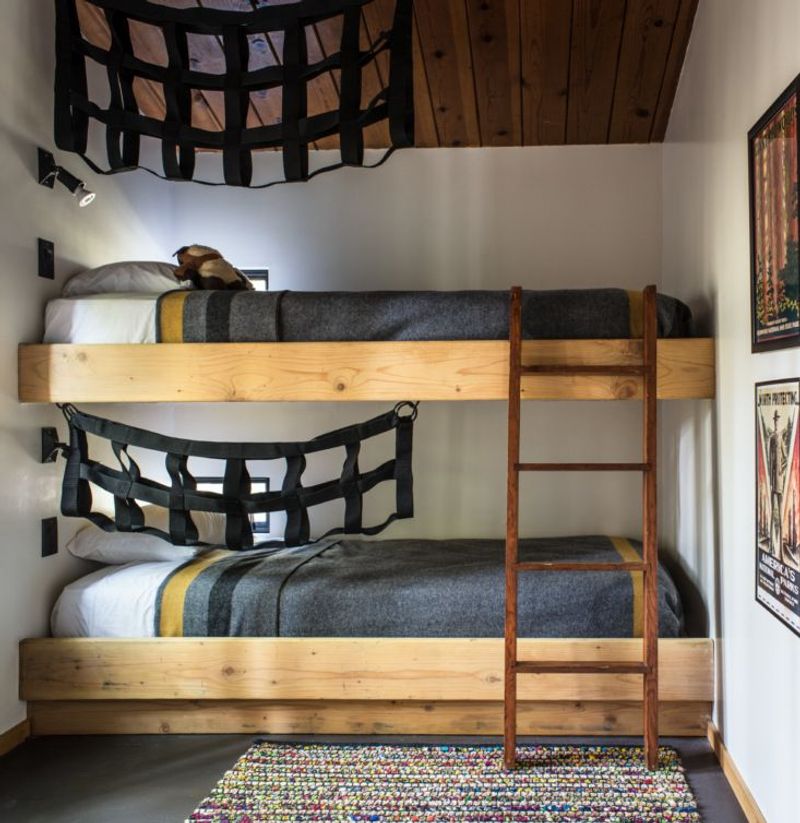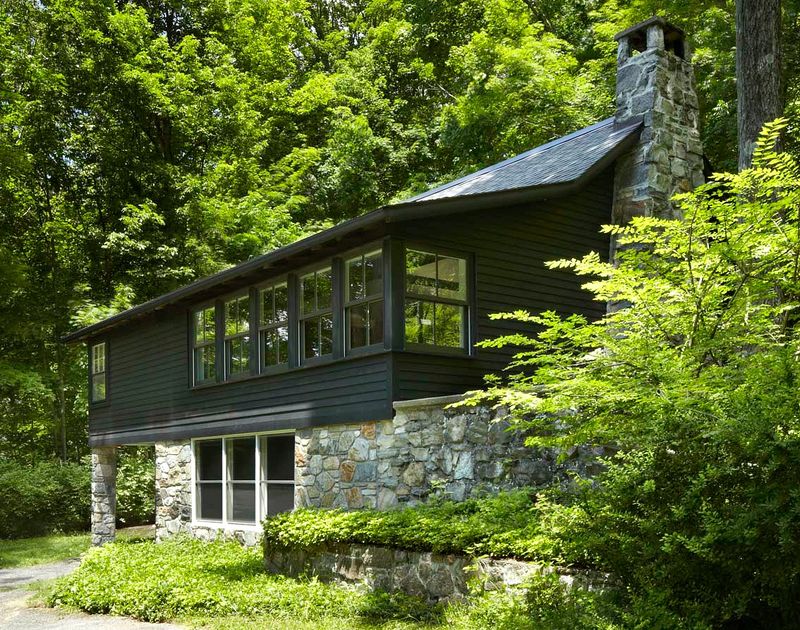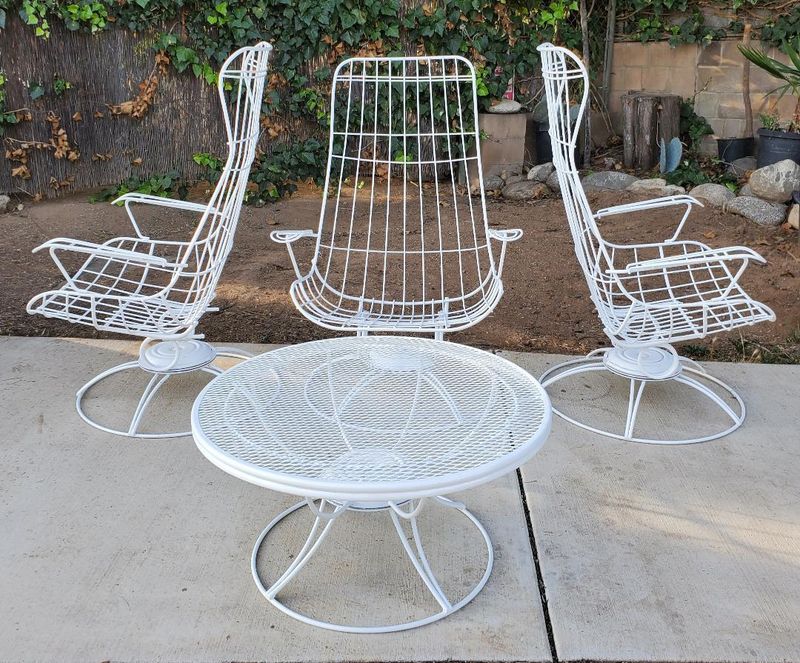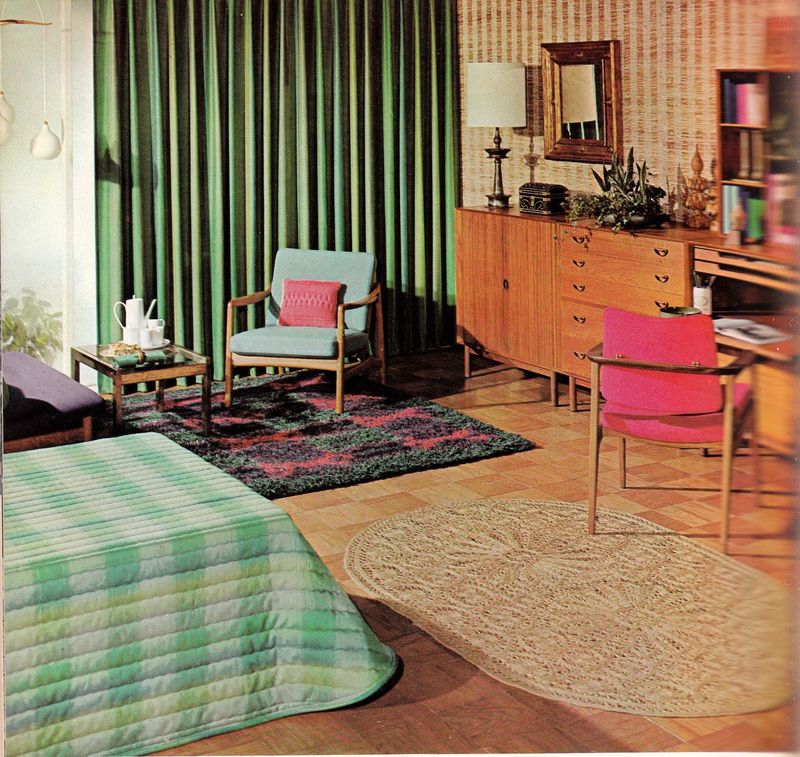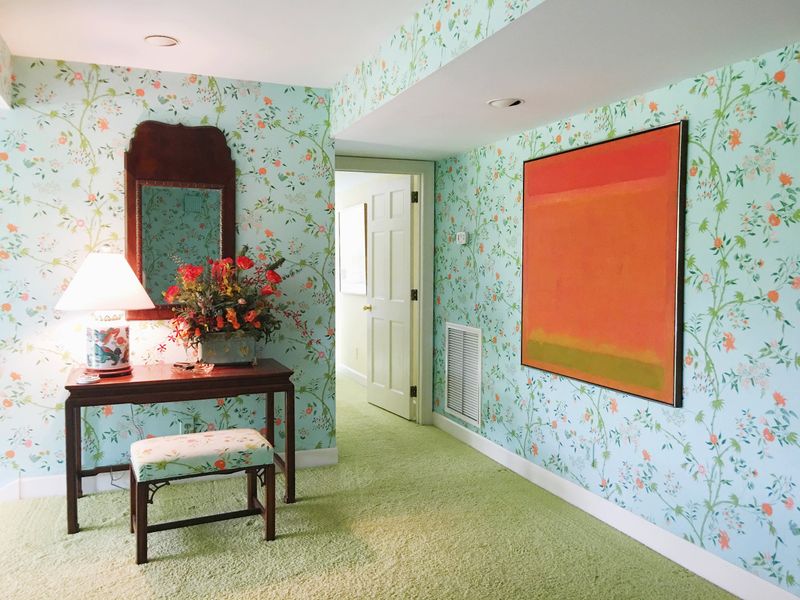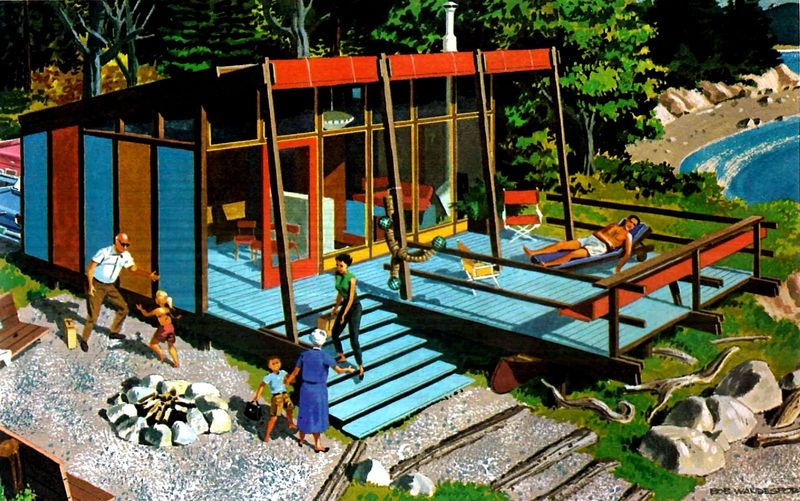The 1960s ushered in a wave of creativity and resourcefulness among families looking to construct their ideal vacation homes without breaking the bank.
By embracing innovative building techniques and designs, families were able to craft charming and cost-effective retreats.
Here are 15 captivating ways these homes came to life, each reflecting the unique spirit of the era and the desire for affordable leisure spaces.
1. Pre-Fab & Kit Homes Made It Easy
In the swinging ‘60s, many families found an innovative solution to vacation home building: pre-fab and kit homes. These ready-to-assemble options were not just budget-friendly but also offered a variety of architectural styles. Imagine receiving a house in parts, like a large puzzle, and putting it together over a weekend.
The ease and affordability of these homes made them a popular choice, enabling families to concentrate on decorating and enjoying their new retreats. With clear instructions and pre-cut materials, even those with little construction experience could erect a cozy abode.
2. A-Frame Cabins Became Iconic
The iconic A-frame cabin, with its steeply angled roof and open design, captured the hearts of many during the 1960s. These cabins were more than just visually striking; their simple geometry made them a breeze to construct. Often perched in picturesque locations, A-frames embodied the rustic charm that was in vogue.
The design allowed for high ceilings and expansive glass windows, blending indoor comfort with outdoor beauty. Families loved these structures for their efficiency, as the sloped roof facilitated snow runoff, making them ideal for winter retreats or mountain getaways.
3. Modular Homes Reduced Costs
Modular homes took the concept of affordability and convenience to new heights in the ’60s. Constructed in factory settings, these homes were then transported in sections to the desired location. This method drastically cut down on-site time and labor costs.
Families could choose from various designs, adding a personal touch to their modular abode. The flexibility of design and the speed of assembly made these homes an attractive option for vacation retreats. By opting for modular, families could invest more in location or interior design without overshooting their budget.
4. DIY Spirit Fueled the Movement
The 1960s were marked by a do-it-yourself ethos, driven by resources like Popular Mechanics. Families were inspired to take on construction projects themselves, transforming raw materials into personalized sanctuaries. This hands-on approach not only saved money but also fostered creativity and learning.
Through trial and error, many discovered the joy of crafting a space tailored to their family’s needs. The sense of accomplishment gained from building one’s own retreat was unparalleled. It wasn’t just about the finished product; it was about the memories created during the process.
5. Lakes and Woods Were the Ideal Escape
In pursuit of tranquility, numerous families in the ’60s gravitated towards building vacation homes by lakes and amidst woods. The allure of a peaceful environment and the ability to engage with nature were irresistible. These locations provided a welcome escape from urban life’s hustle and bustle.
Building amidst such natural beauty ensured that families could enjoy fishing, boating, or simply unwinding by the water. The soothing sounds of rustling leaves and gentle waves made these retreats perfect for relaxation and rejuvenation.
6. Mountain Retreats Took Off
The ‘60s saw a surge in the popularity of mountain retreats, particularly in areas known for skiing like Vermont and Colorado. Families were drawn to the idea of having a cozy cabin amid snow-draped landscapes. These retreats were designed to be snug and practical, often featuring stone fireplaces and wooden interiors.
Mountain cabins offered a perfect mix of adventure and relaxation. Whether skiing down slopes or sipping hot cocoa by the fire, these homes provided an idyllic setting for winter holidays and family gatherings.
7. Desert and Beach Getaways Gained Popularity
For those yearning for sun and sand, the ‘60s provided the perfect opportunity to build minimalist cottages in desert and beach locales. Areas like Palm Springs and the Gulf Coast became popular destinations for these airy, sun-filled homes.
These getaways emphasized simplicity, often featuring open spaces and large windows to let in the natural light and warmth. The focus was on seamless indoor-outdoor living, creating a serene environment to soak up the sun’s rays or enjoy cool ocean breezes.
8. Natural Materials Dominated the Look
In the quest for rustic charm, families in the ‘60s gravitated towards using natural materials in their vacation homes. Exposed wooden beams, pine paneling, and stone fireplaces became defining features. These elements not only added warmth and character but also connected the home to its surrounding environment.
The use of natural materials provided a tactile and visually pleasing experience, making the home feel cozy and inviting. It was a nod to simpler times, where craftsmanship and quality materials took center stage in creating a welcoming space.
9. Open Floor Plans Were Common
Simplicity and functionality were priorities in ‘60s vacation homes, leading to the popularity of open floor plans. These designs removed unnecessary barriers, creating a seamless flow between living, dining, and kitchen areas. Families could enjoy communal spaces that encouraged interaction and togetherness.
Such layouts were perfect for casual gatherings and entertaining guests. The open concept also allowed for greater flexibility in interior design, letting families personalize their space without structural constraints. It embodied the decade’s spirit of openness and community.
10. Lofted Beds and Bunk Rooms Maximized Space
Maximizing space was a clever strategy used by families in the ’60s, utilizing lofted beds and bunk rooms. These sleeping arrangements were both practical and fun, allowing more people to comfortably stay in the home. Children especially enjoyed the novelty of sleeping in bunks or lofts.
This approach ensured that vacation homes could accommodate extended family and friends without feeling cramped. The creative use of vertical space added an element of adventure and practicality, making the most of every square foot available.
11. Large Windows Connected Indoors to Nature
Floor-to-ceiling windows were a hallmark of ’60s vacation homes, designed to bring the outdoors in. These expansive panes allowed natural light to flood the space, creating a bright and airy atmosphere. The connection to nature was essential, offering stunning views and a sense of openness.
Whether overlooking a forest, lake, or mountain range, large windows made it easy to appreciate the surrounding beauty. This feature not only enhanced the home’s aesthetic appeal but also promoted a sense of peace and well-being among its occupants.
12. Outdoor Living Was Essential
In the ‘60s, outdoor living spaces became integral to vacation homes, extending the home’s livable area and providing a venue for relaxation and entertainment. Patios, fire pits, and grills were popular additions, turning backyards into social hubs.
Families could gather around a fire under the stars, enjoy a barbecue with friends, or simply relax with a book on a sunny afternoon. These outdoor areas emphasized the importance of leisure and community, creating memories that would last a lifetime.
13. Secondhand Furniture and Handmade Décor
Embracing a thrifty and creative approach, ’60s families often furnished their vacation homes with secondhand furniture and handmade décor. This choice added character and uniqueness to each home, reflecting personal tastes and resourcefulness.
Thrift shops and flea markets were treasure troves for finding vintage pieces, while handmade items added a personal touch. This mix of old and new created a warm, lived-in feel that was both stylish and cost-effective. It was about making a house a home without spending a fortune.
14. Bold Colors and Retro Textiles Ruled
The vibrant and eclectic style of the ’60s was evident in the bold colors and retro textiles used in vacation homes. Bright oranges, avocado greens, and daring patterns were common, adding life and energy to interiors. These design choices reflected the fun and free-spirited nature of the decade.
Textiles played a significant role in creating a cozy yet lively atmosphere, with curtains, cushions, and rugs sporting eye-catching designs. This burst of color and creativity helped inject personality into each room, making vacation homes truly unique.
15. Tech-Free Escapes Were the Norm
Vacation homes in the ’60s were often tech-free zones, focusing instead on family, nature, and simple pleasures. Without the distraction of televisions and modern gadgets, families turned to books, games, and outdoor activities for entertainment.
This approach fostered stronger family bonds and encouraged creativity and exploration. Whether it was a game of cards, a nature hike, or a storytelling session by the fire, the absence of technology allowed families to connect on a deeper level in their serene retreats.
